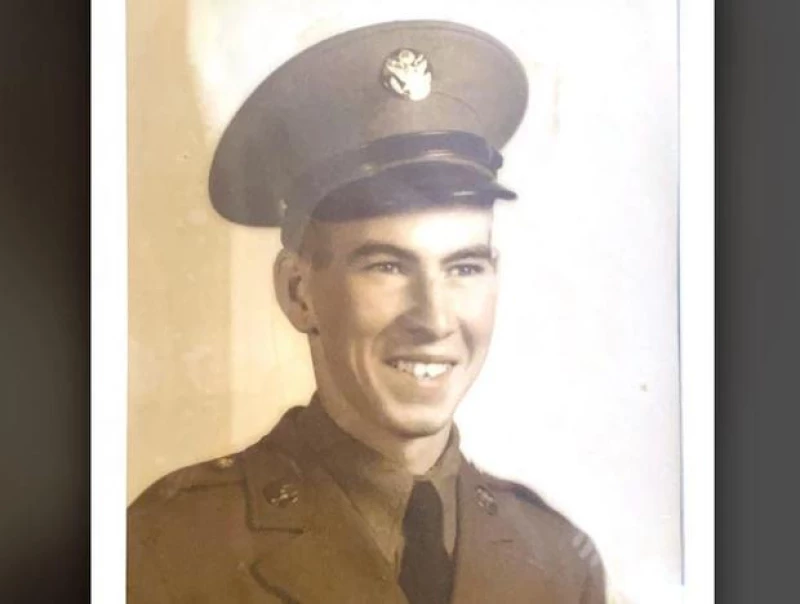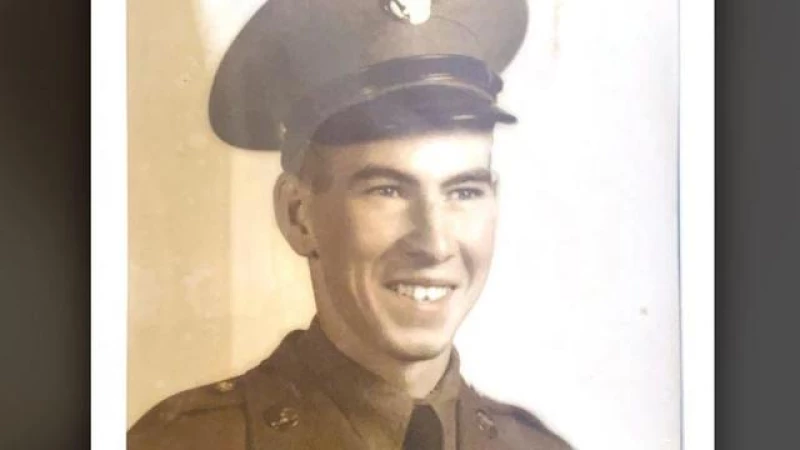U.S. Army Air Force Gunner's Remains Accounted for after 8 Decades
Military officials announced on Monday that the remains of a U.S. Army Air Force gunner have been accounted for nearly eight decades after the heavy bomber he was flying in was shot down over France during World War II.
Staff Sgt. Franklin P. Hall, 21, of Leesburg, Florida, was identified in July by scientists who used anthropological and DNA analysis, according to a news release by the Defense POW/MIA Accounting Agency.

Hall served in the 66th Bombardment Squadron, 44th Bombardment Group (Heavy) in the European Theater starting in January 1944. He was the left waist gunner on a B-24D Liberator known as "Queen Marlene" when it was attacked by German air forces near Équennes-Éramecourt, France.
After the crash, German forces quickly discovered the site and recovered nine sets of remains, which were then interred in the French cemetery at Poix-de-Picardie, officials stated.
However, Hall's remains were not identified after the war, and he was declared non-recoverable on March 1, 1951.
Recent investigations into missing soldiers from the Équennes-Éramecourt battle have resulted in a significant discovery. Two sets of remains were found buried in Normandy American Cemetery, a site managed by the American Battle Monuments Commission. In 2018, the remains were exhumed and transferred to the DPAA laboratory, where one set has been identified as belonging to Hall.
Hall's name is listed on the Tablets of the Missing at Ardennes American Cemetery in France, along with other soldiers who are still missing from World War II. A rosette will be placed next to his name to indicate that he has been accounted for.
Officials have announced that Hall will be laid to rest in Leesburg, Florida, although no specific date has been provided.
Since its establishment in 1973, the DPAA has successfully accounted for 1,543 missing soldiers from World War II. However, government records show that there are still 72,135 soldiers from the war who remain missing.
Carrie Brown, a forensic anthropologist working at the DPAA, is among the experts dedicated to identifying the remains of fallen service members. Through the use of DNA, dental records, sinus records, and chest X-rays, Brown and her colleagues meticulously work to solve the mystery of each set of remains. The lab in Nebraska where Brown works is equipped with 80 tables, each filled with remains and personal effects that aid in the identification process.
In an interview with CBS News, Brown shared the emotional impact of examining the personal items found with the remains. She emphasized the significance of these items, as they represent the moment when a life-altering event occurred for the individual and their family, impacting generations to come.







